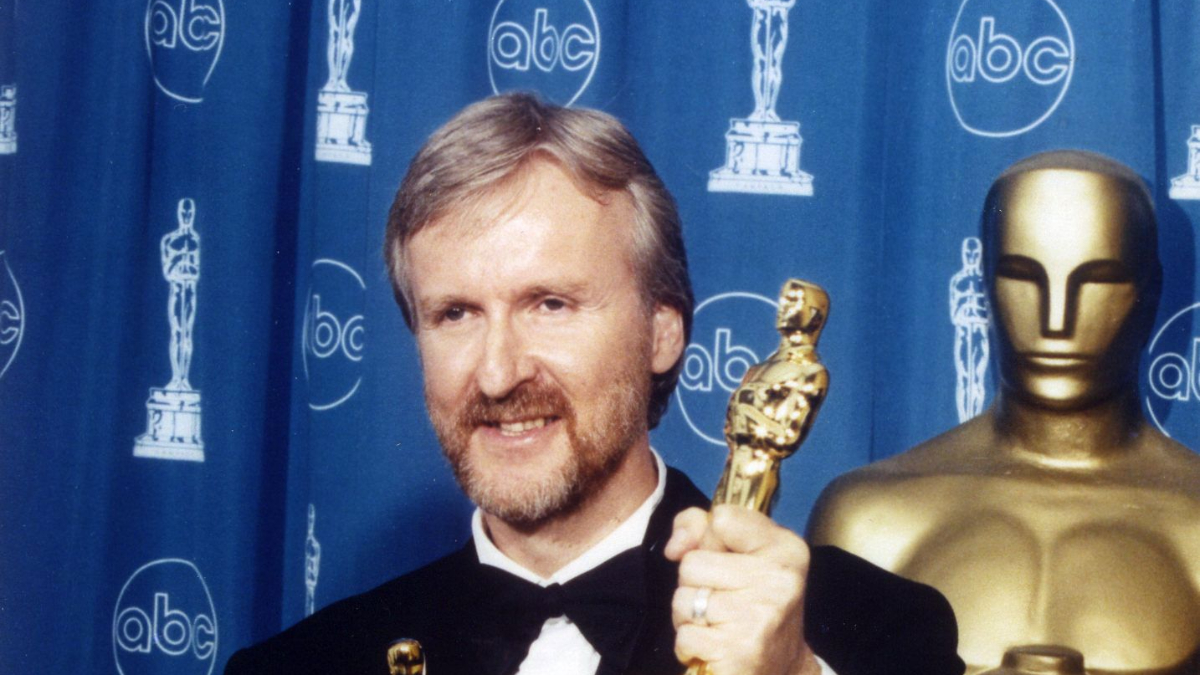This December, the world isn’t just waiting for a film, it’s bracing for a global phenomenon. James Cameron’s Avatar: Fire and Ash, releasing on 19th December, is already being hailed as the biggest cinematic event of the year, a spectacle poised to redefine how we experience the big screen. The anticipation is electric and rightfully so because when Cameron returns, cinema itself prepares for an upgrade.
For over three decades, James Cameron has been the visionary who refuses to accept the limits of the medium. He doesn’t just tell stories; he re-engineers the very machinery of filmmaking to make those stories possible. From the liquid-metal morphing of Terminator 2 to the groundbreaking performance-capture and stereoscopic technology of Avatar, Cameron’s career is an ongoing masterclass in innovation. He imagines worlds so ambitious that existing tools fall short so he invents new ones.
Cameron changed the way we see stories by pushing cinema into unexplored territories: deep-sea realism in The Abyss, historical intimacy woven into spectacle in Titanic, and a universe like Pandora that feels more alive than our own. His films are never just films; they are technological revolutions wrapped in emotional, human narratives.
As Avatar: Fire and Ash approaches, the legacy continues. Early whispers hint at leaps in world-building, VFX and immersive storytelling that only Cameron could conceive advancements destined to raise global standards once again.
James Cameron didn’t simply evolve cinema. He rewrote its rulebook and on 19th December, he’s about to turn the page again.
)